The intricacies of the art market extend far beyond the aesthetic contemplations of canvas and sculpture; they delve into a labyrinthine world where beauty often converges with economic guile. At the nexus of culture and commerce, the historic precedents of art market manipulation reveal an underworld of strategic machinations. Within this essay, we shall traverse through time to unearth how manipulation in the art market has evolved, casting light onto the sly figures who, with a gavel or a whisper, have altered the fabric of artistic value. The consequential decree that art’s worth is subjective provides a fertile ground for exploitation, raising cogent questions about the guardianship of authenticity and the stewardship of cultural heritage.
Historical Precedents of Art Market Manipulation
Historical Art Market Manipulation: Echoes in the Contemporary Landscape
Within the intricate tapestry of the art market lies a nuanced history of manipulation, a topic that warrants dissection with scholarly precision. The art market, by its very nature a confluence of culture, commerce, and critique, has been subjected to influences both overt and covert. These have invariably shaped its current countenance.
Historical precedents of art market manipulation are as diverse as the artefacts it encompasses. In Renaissance times, the commissioned works by the Medici family and Vatican served to endorse particular ideologies, subtly manipulating the production and valuation of art to reflect the ethos of powerful patrons. This trend within the upper echelons of society sowed early seeds that would later grow into a complex framework of market control.
Moving into the 17th and 18th centuries, the emergence of art academies and salons began to formalise the hierarchy of genres and, in turn, influence market values. What was deemed academically significant began to command greater esteem and higher prices in the art market.
The 19th and 20th centuries introduced a new form of manipulation: the strategic use of auctions. Auction houses, with their grandiose sales and meticulous curation, had the ability to elevate artists to stardom. Complemented by the savvy manoeuvring of dealers, certain artworks acquired inflated values, often linked more to market dynamics than to art historical importance.
One must also scrutinise the role of art critics and historians, whose assessments can imbue an artwork with enhanced market value. A glowing critique or inclusion in a prestigious exhibition can dramatically alter the perceived worth of a piece, illustrating a more cerebral form of market sway.
Today, the legacy of these historical practices persists, intricately woven into the fabric of the contemporary art market. The pertinacious rise of blue-chip artists, the categorisation of ‘investment-grade’ art, and the selective visibility in leading galleries and fairs all betray the enduring shadow of historical market manipulation.
Furthermore, modern innovations such as digital platforms and blockchain technology are contributing to renewed methods of market influence. The narrative that revolves around ‘museum-quality’ pieces, the exceptionalism attributed to certain artworks, and the scarcity artificially created by those with influential connections, channel the market’s direction.
In conclusion, discerning the impact of historical art market manipulation is to understand the scaffolding upon which current practices rest. These precedents beget a market that is as much a measure of cultivated taste and perceived value as it is a reflection of genuine artistic merit. As the art market continues to evolve, it is incumbent upon contemporary scholars to vigilantly observe and question the factors that shape its trajectory.
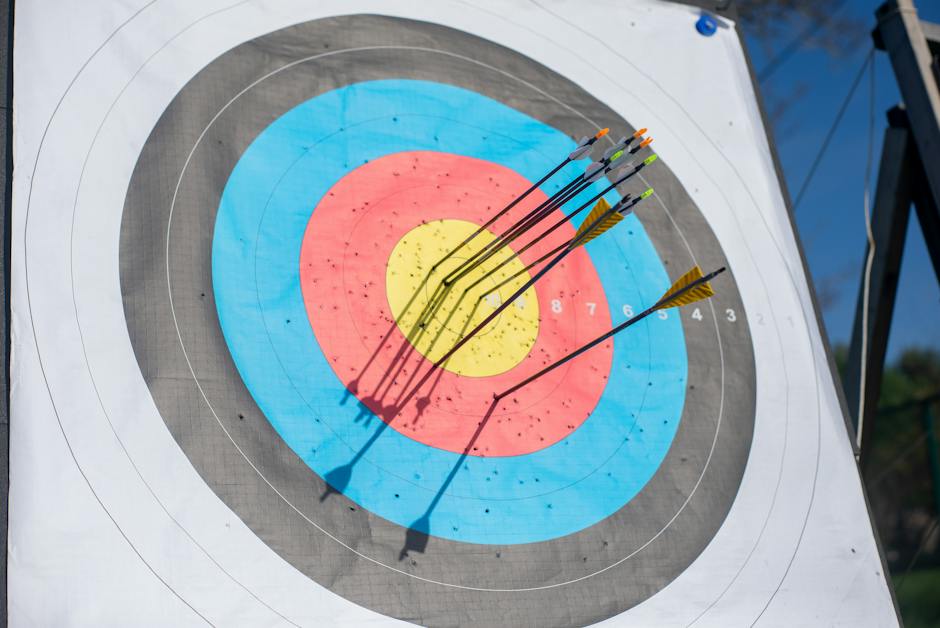
The Mechanics of Art Market Manipulation
In elucidating the mechanisms and techniques used in art market manipulation, it is vital to explore the intricacies beyond the already established machinations through historical precedents and technological influence. One must consider the psychology of collectors and the network effects at play in the art market.
At the heart of market manipulation lies a profound understanding of supply and demand. The art market is not immune to these economic principles; indeed, the orchestration of demand is meticulously engineered by a coterie of art market players. The calculated release of artworks onto the market is a technique used to manufacture scarcity, thereby inflating prices and desirability.
Collusion among art dealers, advisors, and collectors remains a formidable tactic. This strategy involves an implicit, sometimes explicit, agreement to buy or bid up works of a particular artist to inflate prices artificially. By doing so, perceived market value escalates, often to the benefit of those who hold significant stock of said artist’s work.
Furthermore, exhibitions and retrospective shows play a significant role in enhancing an artist’s market position. Galleries and museums can dramatically affect the desirability and ultimate value of an artist’s oeuvre by curating prestigious exhibitions. Such events bestow upon the work an institutional validation, often resulting in a crescendo of collector interest and escalated sales prices.
Additionally, the role of art market powerhouses, such as major auction houses, cannot be understated. These institutions have the capability to shape the secondary market through strategic lot placements, estimates, and by fostering competitive bidding environments. Desirable pieces are often accompanied by guaranteed bids or irrevocable bids, securing a price floor and generating a safety net for sellers while amplifying the spectacle of the auction.
The echo chamber effect, where certain art market analysts, tastemakers, and key opinion leaders repeatedly champion particular artists or genres, further manipulates market perception. This repetition shapes collector behavior, effectively turning subjective opinions into market trends, which may bear little relation to intrinsic artistic value.
Lastly, one cannot overlook the impact of market reports and databases which provide data-driven insights into buying trends, popular artists, and sales performances. By analyzing such data, market players can preemptively adjust their strategies to align with projected market winds.
Each of these techniques represents a cog in the broader art market machine, one that is constantly in motion, steered by individuals whose expertise and actions determine the ebbs and flows of market value. The rigorous study and understanding of these mechanisms are crucial for comprehending the complexity of the art market, an ecosystem where aesthetic value and economic value often engage in a delicate dance.
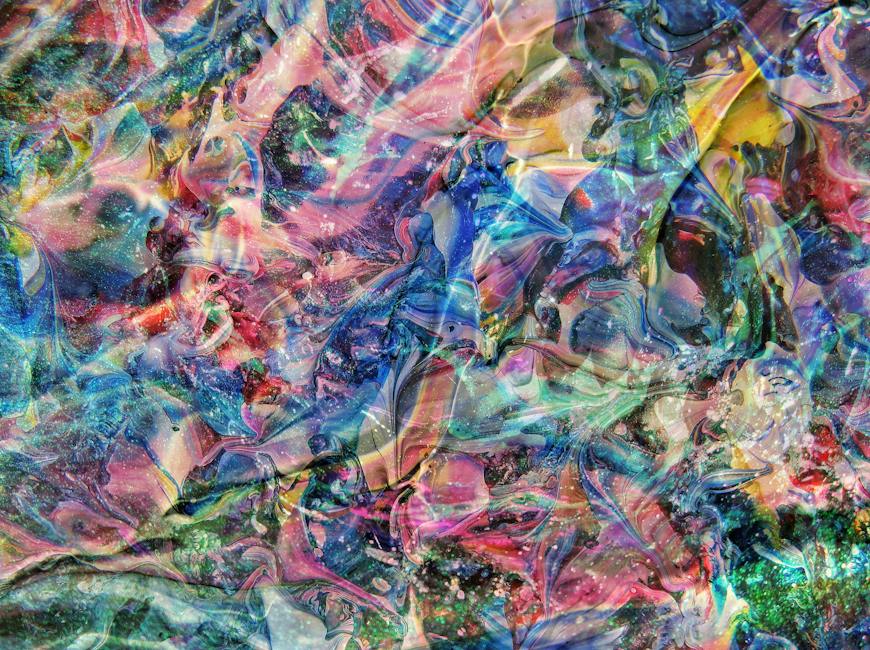
Regulatory Frameworks and Legal Challenges
Art Market Manipulation: Legal and Regulatory Reactions
As the commerce of art continues to burgean, the spectre of market manipulation looms, necessitating robust legal and regulatory frameworks. It is incumbent upon jurisdictions worldwide to promulgate and enforce laws that thwart attempts to distort the art market’s natural equilibrium.
An essential cog in these regulatory mechanisms is the adoption of anti-money laundering (AML) directives. Art market participants, including galleries, auction houses, and dealers, are increasingly being drawn within the purview of financial scrutiny, mandated to conduct due diligence on their clientele and report suspicious transactions. This vigilance serves to deter illicit activities such as the use of high-value artworks for the laundering of ill-gotten gains.
In conjunction with AML efforts, several nations have implemented cultural heritage laws that stipulate rigorous provenance requirements. These laws aim to ensure that artworks have not been illicitly obtained, particularly in the case of antiquities and cultural artefacts which are frequent targets of illegal trafficking.
Further, the art world has witnessed the advent of voluntary codes of conduct and ethics crafted by industry coalitions. These guidelines extol transparency, due diligence, and fair dealing as cardinal virtues, shaping an ethos that disdains market manipulation. Although voluntary, such codes are increasingly recognised as standards of professional practice, influencing the reputation and credibility of art market players.
Amidst market complexities, consumer protection laws have been extended to the realm of art transactions. These laws may encompass guarantees of authenticity, the right of return, and the disclosure of condition reports, thereby equipping purchasers with safeguards against deceptive trade practices that could artificially inflate prices or propagate false art market trends.
Furthermore, the US Sarbanes-Oxley Act, while primarily a response to corporate malfeasance, has indirectly influenced the art world. The Act imposes stringent rules on corporate governance and financial disclosure which extend to corporate art collections, thus engendering transparency and potentially tempering corporate influence on the art market.
In Europe, the Artist’s Resale Right (ARR) Directive is noteworthy. It guarantees visual artists a percentage of the proceeds when their works are resold. While not a direct rebuttal to market manipulation, ARR underpins market fairness by enabling artists to share in the appreciation of their works on the secondary market.
The UK, post-Brexit, has retained ARR, signifying its commitment to a fair and equitable art trade. Moreover, UK authorities have been proactive in reinforcing auction regulations, requiring clear contract terms between consignors and auction houses and placing stipulations on auction practices to safeguard against rigging.
Yet, despite varied initiatives, the art market remains somewhat opaque, leaving room for covert operations and non-compliant conduct. To enhance accountability, regulatory bodies and oversight authorities in the art market must continuously evolve and expand their reach. Only through ongoing vigilance and adaptation can legal and regulatory frameworks effectively respond to the perpetual challenge of art market manipulation.
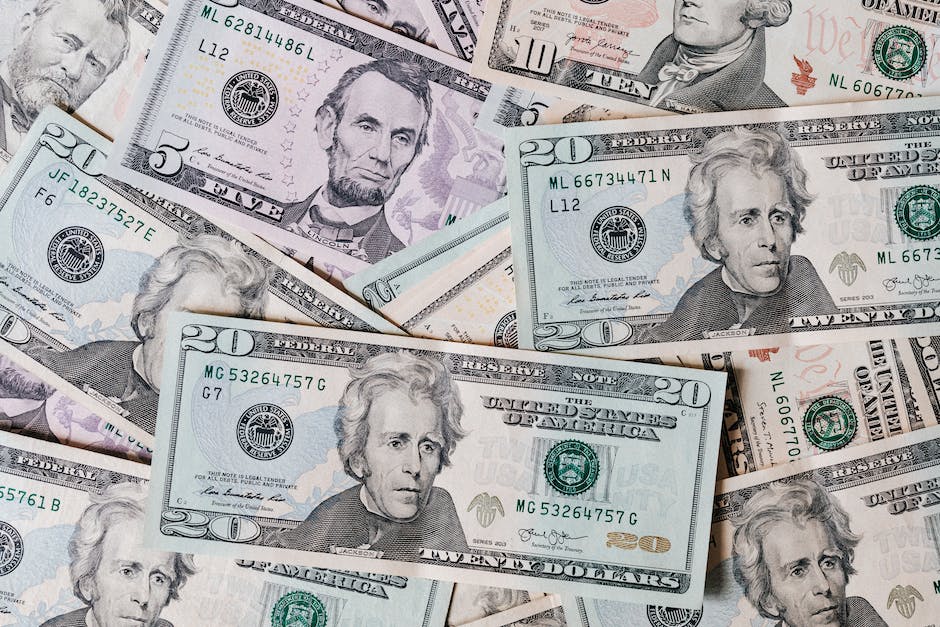
High-Profile Scandals and Their Impact
High-profile art scandals continue to punctuate the history of the art market, drawing attention to its inherent vulnerabilities and demonstrating the necessity for robust legal and regulatory frameworks to ensure its integrity. These scandals often expose the loopholes and deficiencies within the art market ecosystem, highlighting the pivotal role of legislation and regulation in stabilizing and securing the trade of cultural commodities.
One such notable legal intervention is the implementation of Anti-Money Laundering (AML) directives. Given that the art market is a prime avenue for illegal financial activities due to the high value and liquidity of art, AML directives serve as a crucial line of defense against the laundering of ill-gotten funds. They compel galleries, auction houses, and dealers to implement due diligence and reporting mechanisms when transactions reach a specified threshold.
Cultural heritage laws and provenance requirements are other essential regulatory measures that preserve the integrity of the art market. These laws provide a system to thwart the illicit trade in looted or stolen artefacts, ensuring that works of art have a clear history of ownership before being sold. Not only do these laws protect cultural heritage, but they also instil buyer confidence by guaranteeing the legal acquisition of the art.
In addition to statutory regulations, the art industry has seen the proliferation of voluntary codes of conduct and ethics. These guidelines advocate for transparency, professionalism, and ethical practices within the art community, encouraging self-regulation amongst market participants. Even though voluntary, these codes serve to elevate the reputation of the market and discourage dubious practices.
Consumer protection laws govern art transactions to safeguard buyers from fraudulent or misrepresented sales. This is particularly pertinent as art is unique, and its value subjective; the scope for misrepresentation is, therefore, considerable. These laws provide recourse for buyers should they fall victim to unfair trade practices.
The impact of broader financial legislation, such as the US Sarbanes-Oxley Act, on the art world illustrates the increasing scrutiny on financial reporting and accountability. This Act, primarily targeting corporate governance, also touches the art market by mandating accurate financial disclosure by corporations, affecting how they account for art assets and transactions.
In Europe, the Artist’s Resale Right (ARR) Directive represents an additional facet of market regulation. This directive ensures that artists receive a percentage of the resale price of their works, reflecting a communal recognition of their ongoing proprietary interests and advocating for equitable financial participation in the secondary market.
In the UK, specific regulations on auction practices and contract terms seek to refine the auction process, making it more equitable and transparent. These regulations address reserve prices, bidding procedures, and returns policies, contributing significantly to the trust and efficiency necessary for successful auction operations.
Despite the comprehensive nature of these legal and regulatory frameworks, the market encounters ongoing challenges. The dynamic nature of the art market, with evolving technologies and globalisation of trade, demands that legal and regulatory practices continually adapt. Vigilance is essential to prevent scandals, which not only damage the market’s reputation but also potentially harm cultural heritage.
In summary, while high-profile art scandals serve as a siren call for the vulnerabilities of the art market, they also act as a catalyst for change, driving the development of more robust legal and regulatory frameworks. As the market evolves, so too must its governance, ensuring the continued safeguarding of cultural exchange and economic activity within this unique and complex ecosystem.
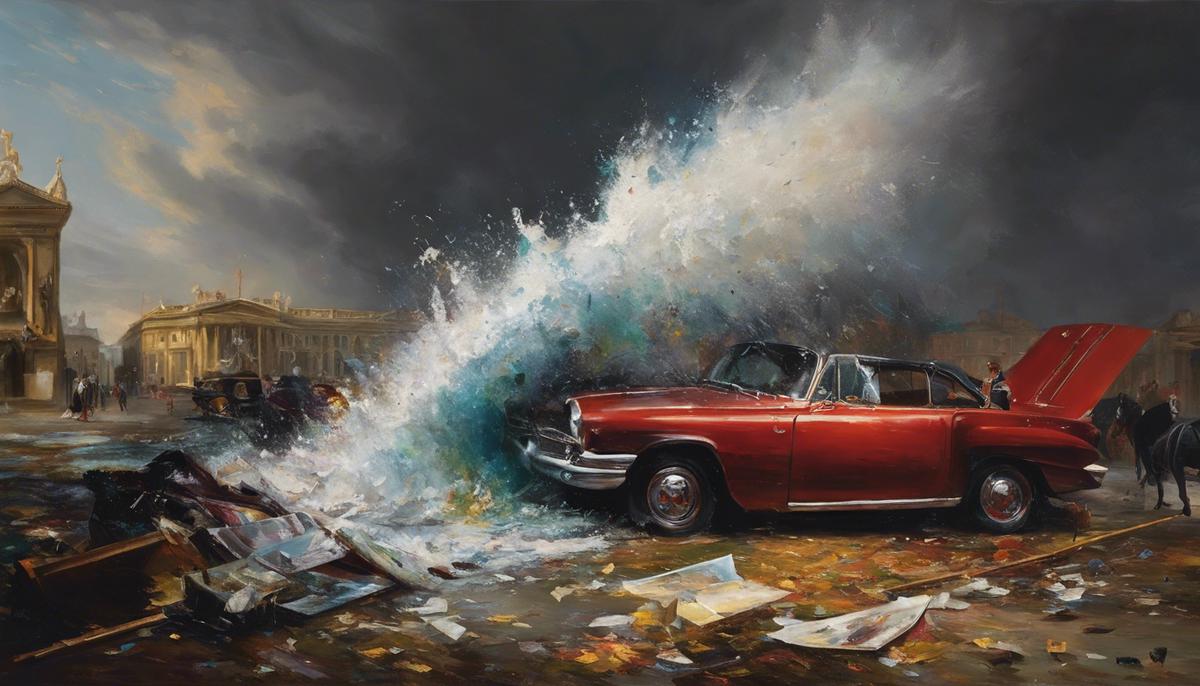
Future Outlook and Ethical Considerations
The art market is an intrinsically complex entity where aesthetic and economic considerations are perpetually interwoven with ethical deliberations. In scrutinising the future trajectory of this market, it is essential to address how ethical concerns will not only shape but potentially redefine its contours.
Art market ethics extend far beyond the simple binary of legal versus illegal. They encompass a broader spectrum of moral foundations that inform practices and policies that govern the exchange of art. To this end, the debate around the restitution of artworks looted or acquired under dubious circumstances during historical conflicts or colonialism is becoming a central ethical concern. The growing call for repatriation and the moral duty to restore cultural heritage to its rightful inheritors are exerting mounting pressure on institutions and private collectors to re-evaluate their collections’ provenance.
Furthermore, the introduction of “droit de suite” or Artist’s Resale Right enshrines the notion that creators should receive a share of the profits each time their work is resold on the secondary market. This legal mechanism aims to rectify the economic imbalance between artists and the subsequent profits accrued by collectors from art market speculation.
Another significant area requiring ethical introspection involves the environmental impact of the art world’s activities—from the carbon footprint of international art fairs and biennales to the sustainability of the materials used in the production of artworks. The adoption of eco-friendly practices and support for environmental art initiatives will likely gain momentum, reflecting a broader societal awareness and responsibility.
Public sentiment on social issues is also driving institutional changes. Pressure for greater diversity and inclusion within art market participants is growing. The challenge is to transform current patterns that tend to place the spotlight predominantly on a small cadre of artists, more often than not, aligned with the traditional canon that tends to marginalise minority and underrepresented voices.
In the sphere of technological advancements, concerns about digital piracy and the reproduction rights of artists in the digital domain are surfacing as critical issues. The encompassing reach of the internet allows for the instant dissemination of images and ideas, which, while beneficial in democratizing access to art, also raises questions about ownership, copyright infringement, and moral rights.
Finally, amidst these considerations is the ever-present need to uphold the credibility and reliability of art scholarship and authentication. The integrity of the art market predicates on the trust placed in the expertise of scholars and the authenticity of artworks. Ethical challenges arise when economic interests threaten to influence scholarly opinions or when conflicts of interest are not transparently declared.
In sum, the future of the art market will be demonstrably contoured by the evolving matrix of ethical concerns. Its stakeholders are called upon to engage in a robust dialogue to reconcile economic pursuits with moral imperatives. Such a dialogue promises not only to safeguard but also to enrich the cultural tapestry by ensuring that the art market remains a testament to our civilisational values of fairness, respect, and communal heritage.
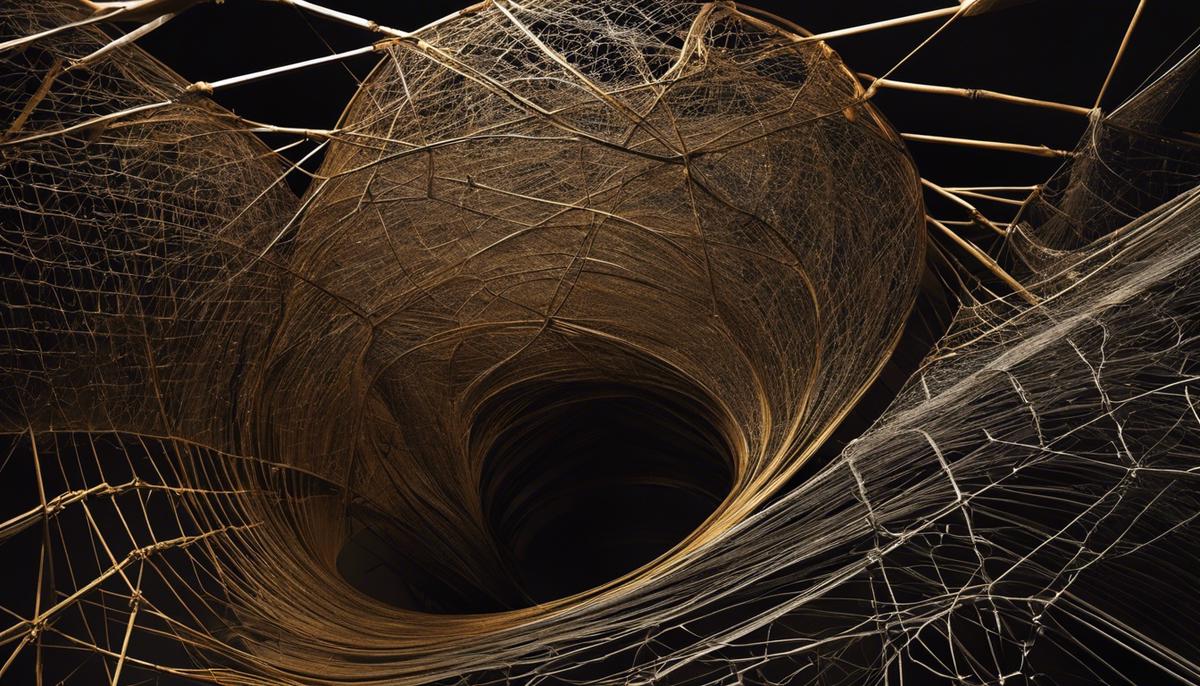
As the silhouettes of tomorrow’s art market begin to crystallise, we recognise an arena in perpetual flux, ceaselessly shaped by innovation, regulation, and moral discourse. The daunting task of ensuring equity and transparency looms large, urging a vigorous and collaborative approach that solicits integrity from each participant. While the horizon heralds advanced technologies that promise enhanced scrutiny, the art world’s embrace of an ethical compass remains its most formidable ally in safeguarding the sublime dance between creativity and commerce, ensuring the perpetuity of art as a true reflection of human endeavour and ingenuity.






















